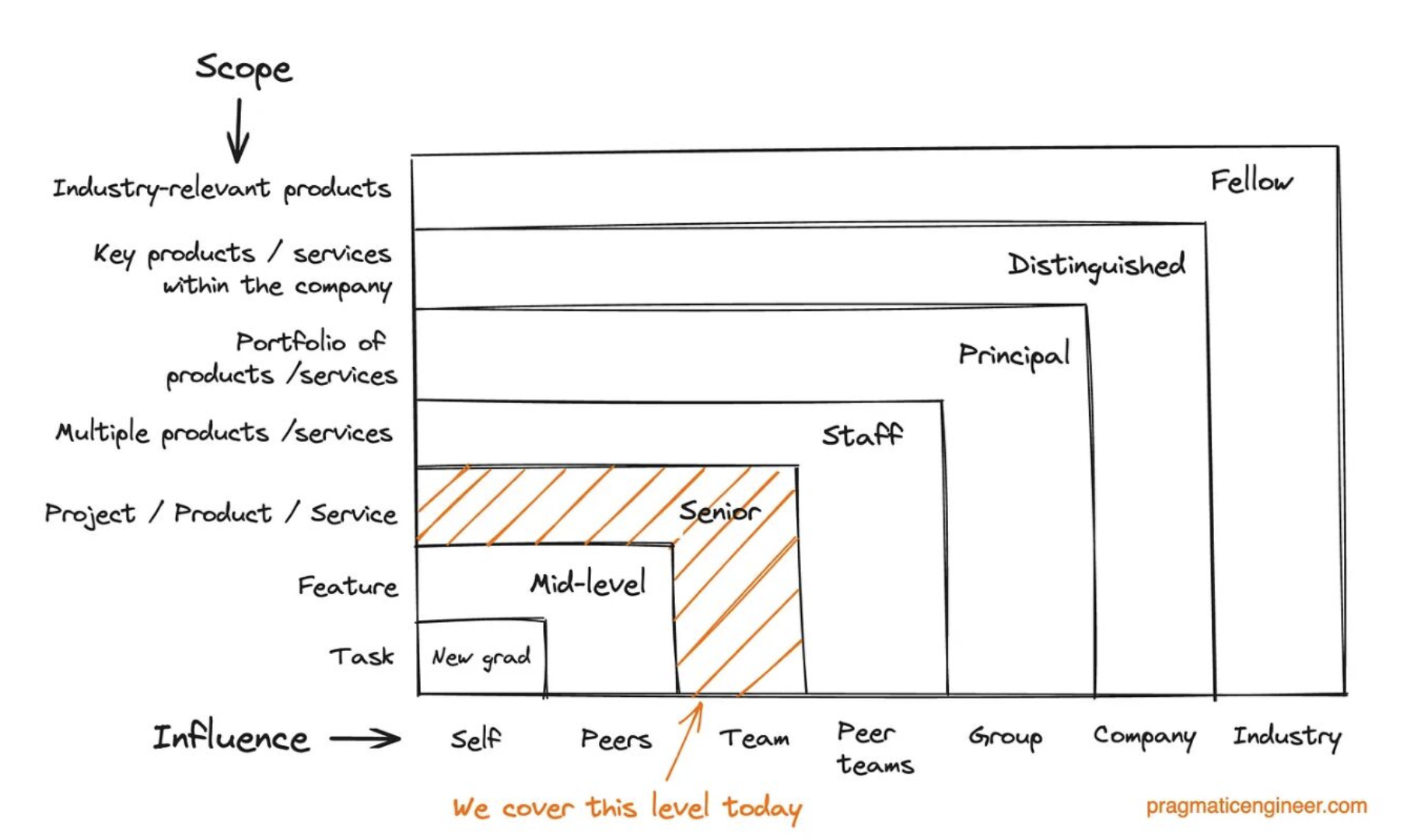管理
管理者评估体系
- 动机:管理的目的应当是利他(引领改变)而非利己(钱权)
- 价值管理:在日常工作中传递核心价值,有取舍
- 项目管理:平衡进度与质量
- 团队管理:团队文化与价值观塑造,成员培养(观察&反馈)
小型IT项目的管理实践
- 项目管理:
- 工作范围界定
- 产品形态:网站?移动App?SEO?
- 交付成果明确
- 里程碑规划、交付时间管理
- 依赖管理,例如:开发依赖产品,前端依赖UI设计
- 团队沟通协调,如Scrum或者Kanban
- 工作范围界定
- 分工
- 产品设计:功能、UX
- 工程实施
- 项目管理
- 报价
- 项目制:需要评估清晰的工作量
- 工时制:根据工作时间与时薪计算,简单直接
- 技术实施:
- 架构设计:对接业务与技术
- 模块拆分
- 开发+测试
- 集成测试
- 用户测试(UAT)
- 部署+运维
企业项目管理
- ROI是核心,需清楚投入产出之关系
招聘
技术面试流程:
- 流程介绍
- 公司介绍:公司现状、人员构成、产品形态、工作重心
- 候选人自我介绍
- 过往项目讨论
- 技术题
- 候选人提问:未来的规划、职位职责、技术栈的拓展
团队管理
团队管理要点:
维持team sentiment:提升成员满意度
平衡交付速度(快速交付)与交付质量(治理、规范流程)
- 切忌盲从流程
- 利用工具(如CI)
- 架构优化
跨团队协作同步
使用文档(而不是手把手)传递(演进)经验与工作规范
技术团队的工程标准
- 研发规范
- 代码
- 协作/工作流
- git / PR / commit
- code review
- 数据库规范
- 测试
- 测试
- CI/CD
- docker 容器制作规范
- 持续集成文档
- 部署文档
- 工作方法
- 敏捷管理
- 文档管理
如何准备一对一会议
基本原则 / Mindset
- 带着好奇心(而不是任务)去了解对方
- 有准备好的议程(Agenda)
- 创造一个安全的讨论环境
时长与频率
- 给每个direct report每周30~60分钟
- 如果direct report超过5个,时间需要被压缩,效果可能会打折扣,需要考虑管理结构上的调整(提拔更多人进入leadership职位)
内容:
- 优先完成Direct Report的日程
- 职业发展(Career Conversation)与绩效考核(performance reviews)
- 询问是否需要帮助
- 接受批评
如何管理远程团队
组会聊聊个人私事
- 让大家谈谈生活中的成就或开心事
- 日积月累, 通过对彼此的了解构建友情(camaraderie)
一起做决定
- 邀请团队成员一起做决定、起草解决方案
- 培养团队成员的主人翁精神和成就感
开展有趣的团建活动 🎉
- 任何有趣的团队活动都可以
- 不占用员工本应该休息或放松的时间(如清晨、午休、下班前)
在1对1面谈时,表现出足够的兴趣. 发自内心的关心同事
- 询问大家一周过的如何
- 多听,而不是拷问
身先士卒
- 带头分享个人生活
- 带头”出丑“/”犯错“,让大家觉得这是一个安全空间
Notes from Management People effectively
- Communicate effectively
- Open yourself. Let people know who you are, what you are thinking and feeling.
- Seek feedback. Ask for feedback from your team members. Ask them what they think about your ideas, your decisions, your actions, and your leadership style.
- Explore unknown territory. Be willing to try new things and to take risks. Be willing to make mistakes.
- Build trust
- Motivate people. Help them to see the value of their work and the importance of their contribution to the organization.
- Approuchable. Be approachable. Be willing to listen to people’s ideas and concerns.
- Reliable. Be reliable. Do what you say you will do. Be consistent in your actions.
- Credible. Good at what you do. Be competent. Be knowledgeable. Be able to do what you say you can do.
Attitude:
- 3 Gratitude
- Journaling
- Excercise
- Meditation
- Raodom acts of kindness
Communication Styles:
- People-oriented or task-oriented:
- Extroverted or introverted:
- Assertive or passive
Motivate People
- Recognition and praise, instead of criticism
- Give people a sense of purpose, instead of just a sense of duty
- Fair payment
- Give people a sense of control, instead of a sense of powerlessness
- Give people a sense of belonging, instead of a sense of isolation
- Give people a sense of achievement, instead of a sense of failure
- Give people a sense of fairness, instead of a sense of injustice
- Give people a sense of hope, instead of a sense of despair
- Give people a sense of meaning, instead of a sense of meaninglessness
- Give people a sense of security, instead of a sense of insecurity
- Give people a sense of fun, instead of a sense of boredom
Difficult Conversations
- Avoid Sandwich Method, which is a technique of sandwiching a criticism between two positive comments. It is not genuine and it is not effective.
- Instead, start with a fact, then share the impact of the fact, and then share your desired improvement and the impact of the improvement. Same technique can be used for positive feedback.
How People Grow
- Learn. By teaching
- Practice. By mentoring
- Reflect. By coaching. Reflect on your own experience and learn from it.
Seniority using the Scope/Influence framework
